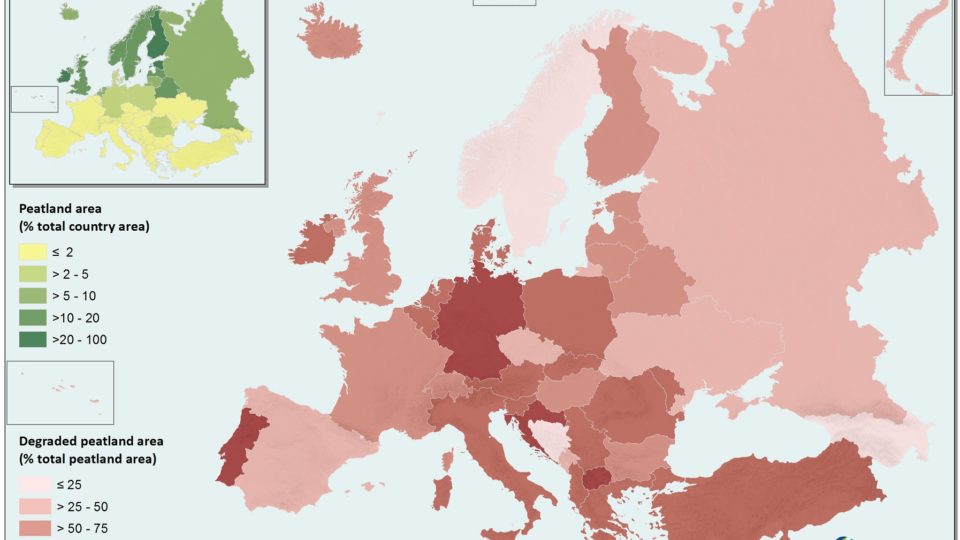With this briefing, Wetlands International Europe together with conservationists, scientists and farmers caring for wetlands and peatlands across the EU, aim at contributing to the work of the European Commission with regards to the definition of legally binding EU Nature Restoration Targets.
We want to stress that healthy peatlands, either pristine, restored or sustainably managed, can contribute as nature-based solutions to the achievement of the European Green Deal and to the EU Biodiversity Strategy 2030.
Peatlands are known as the world’s most effective carbon stores and act as water purifiers and reserves in their natural, restored or sustainably managed state. In addition, they are of global importance for biodiversity conservation at genetic, species and ecosystem levels, and provide habitats and refuges for endangered species in a changing climate. Peatland biodiversity includes a range of rare, threatened or declining habitats, plants and animals, highly adapted to very special conditions. A significant number of peatland plant communities are considered to be of European importance.
Peatlands restoration targets
When considering restoration targets for peatlands to be included in the new law, the EC should focus on two main categories:
a) natural mires representing peatland habitat types that are listed on the Annexes of the Habitats Directive
b) drained peatlands currently or in the past under use (agriculture, forestry, peat extraction).
For both categories, restoration of degraded peatlands is possible and the results for biodiversity and climate action generally are profound.
To restore peatlands, a good understanding of the ecosystem functioning, particularly eco-hydrological processes, as well as knowledge-based restoration designs are crucial for effective actions. Equally important is improving and maintaining the knowledge base for tracking the state and extent of degraded and restored peatlands and for long-term monitoring of restoration impact, which will allow a reliable assessments of realisation of the goals of both climate and biodiversity policy.
Main principles to be included in the legislative proposal:
- Member states, above all peatland-rich ones, need to take clear responsibility and commitment to restore, safeguard peatlands.
- Member states, landowners and -users in the EU should be encouraged and incentivised to maintain and re-establish high water levels in peatlands to maximise carbon storage, minimise greenhouse gas emissions, support biodiversity.
- No landowner in the EU should be economically or socially disadvantaged by maintaining or developing wet peatlands or rewetting peatlands, supporting paludiculture products as an option for market.
- Deliberate degradation of the long-term carbon storage capacity of peatlands should always be penalised and should never be subsidised by any EU payments.
- Guarantees for permanence of restored peatlands need to be established and a scientific monitoring system should be put in place to ensure this.
- Ensure an investment plan in the frame of the EU Green Deal for a just transition that should establish compensation and economic diversification funding to mitigate the socio-economic impacts of land use changes on existing livelihoods and businesses in peatland-rich Member States or regions
Given the specificity of peatland ecosystems, we believe that for the definition of restoration targets a two-fold approach is needed: a qualitative and a quantitative approach. To know more about these two approaches, click below

EU_Restoration_Targ_Peatlands_Policy-brief-1.pdf
download
Background note:
WI-EA responded to the EC public consultation on legally binding EU Nature Restoration Targets. This paper was attached to our response.
Link to the news

